
Schedule a Presentation With Us!
- PapaCarie for Caries Removal
- PerioMonitor Saliva Test
- Woodpecker Laser Smart Blue
- Woodpecker Endodontic

We use cookies!
We use cookies to improve your website experience and analyze traffic. These cookies are necessary for the site to function properly and help us understand how you use it. The information collected remains anonymous and is used for analysis purposes only. By continuing to browse our site, you accept the use of these cookies. If you do not want your data to be used in this way, please click decline. You can read our document on the potection of personal information (Law 25) here
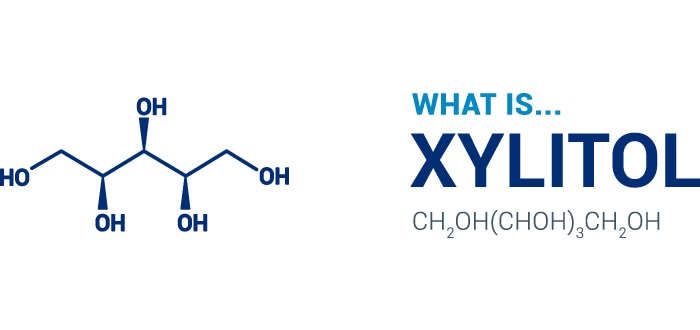

Xylitol is a 100% natural sweetener derived from vegetable sources.
Twenty years of research shows xylitol efficacy treating dry mouth and reducing tooth decay. Its many benefits make it an adapted response to some public health problems related to the general over-consumption of sugar.
German chemists discovered the naturally occurring sugar in the late 19th century in birch tree bark, and since then, it’s also been naturally found in fruits and vegetables. X-PUR nad Xylimelts' xylitol is made of corn.
Marketing myths abound that the plant source of xylitol impacts the end product (i.e., corn vs. birch), but science shows there is no molecular difference in the harvested end product with regards to its source.
X-PUR and XyliMelts' xylitol comes from some remarkable family corn farmers and offers the purest medicinal grade xylitol possible; non-GMO, renewable corn crops.
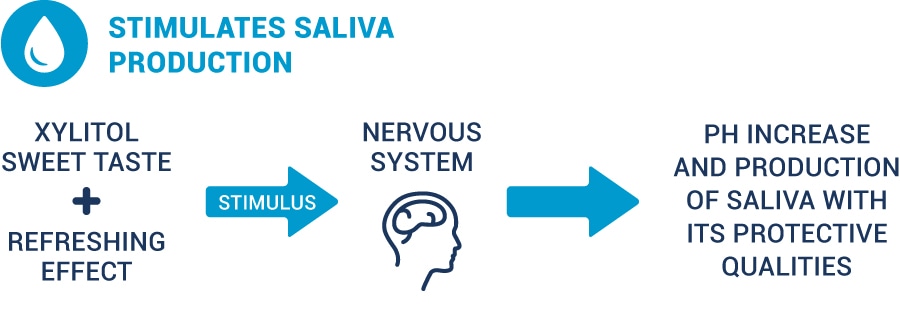
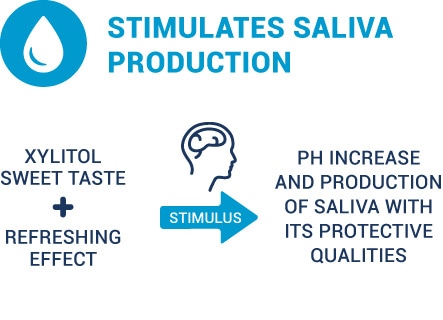
Its delightful taste, combined with its sweet and intensely refreshing effect, stimulates the nervous system, which generates an extremely efficient increase of the oral pH and salivary flow.
The xylitol in X-PUR Gums & Pastilles and XyliMelts is the only one indicated by Health Canada to stimulate salivation, making it a high quality medicinal grade xylitol. It does not only hydrate the oral mucosa for a short period of time, but actually stimulate the salivary process.
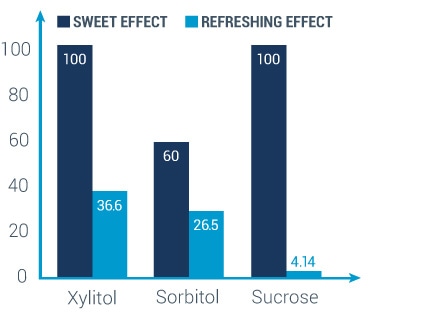
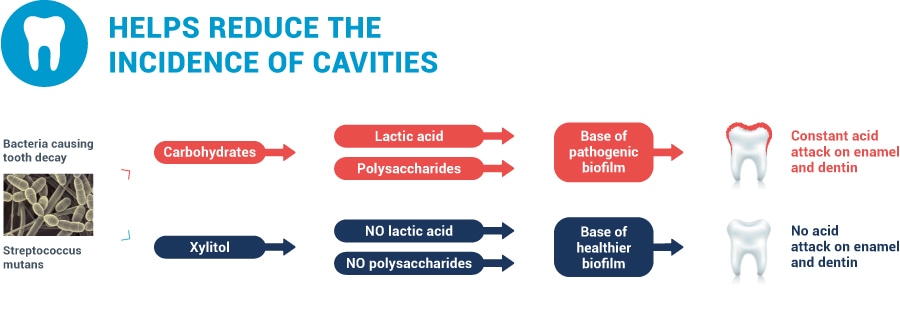
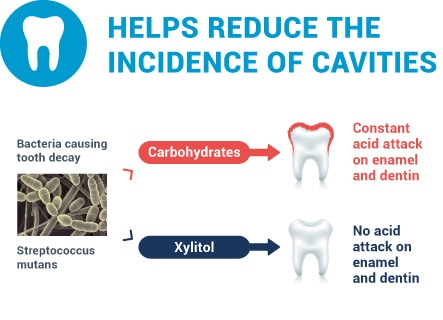
The tooth decay-causing bacteria are not able to metabolize xylitol, which results in an absence of lactic acid and polysaccharides production. Over time with xylitol use, fewer and fewer decay-causing bacteria (Streptococcus mutans) survive on tooth surfaces. Less plaque forms and the level of acids attacking the tooth surface is lowered.
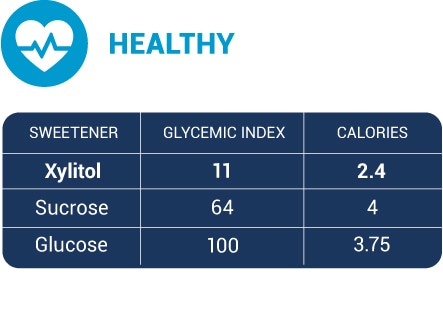

Xylitol is sure a healthy choice for your patients and family. It’s glycemic index is low, making it ideal for diabetics. Additionally, our high quality medicinal grade xylitol is GMO, gluten, aspartame, sugar and allergens free.
Many gum and pastilles brand offer a tiny concentration of xylitol only in order to use it as a marketing purpose. However, our X-PUR Gums & Pastilles offers the highest concentration of xylitol per piece (1.06g per gum and 1g per 2 pastilles).
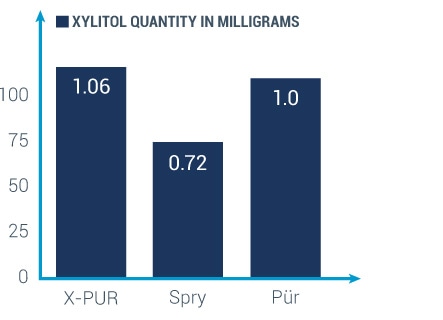
Xylitol is completely natural and even produced by the human body during normal metabolism. A gradual introduction to xylitol is recommended since it could have a mild laxative effect in the case of excessive consumption.
Caution: xylitol is not for dogs
Because the metabolic processes of a dog are different than those of a human, xylitol poses a risk of toxicosis and hypoglycemia if ingested by dogs. Common symptoms associated with the ingestion of xylitol may include depression, vomiting and hypoglycemia. If you suspect your dog has ingested xylitol, contact your veterinarian immediately.